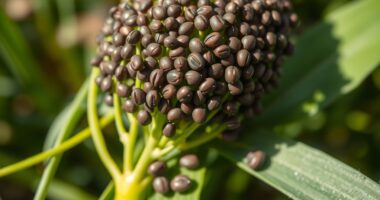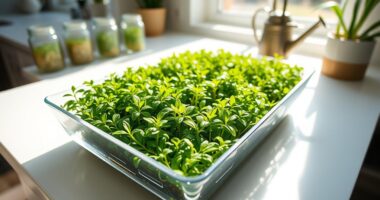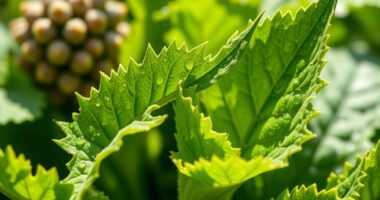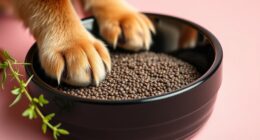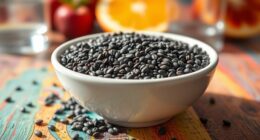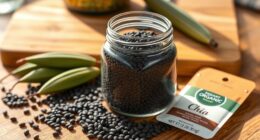Our goal is to help you maximize the potential of your locally grown superseeds! This article will offer expert tips and techniques to boost your yield and savor the fruits of your labor.
From selecting the right chia seed varieties to nurturing your plants for maximum growth, we’ll guide you every step of the way.
Get ready to transform your garden into a superseed haven and enjoy the bountiful rewards of your labor.
Let’s dive in!
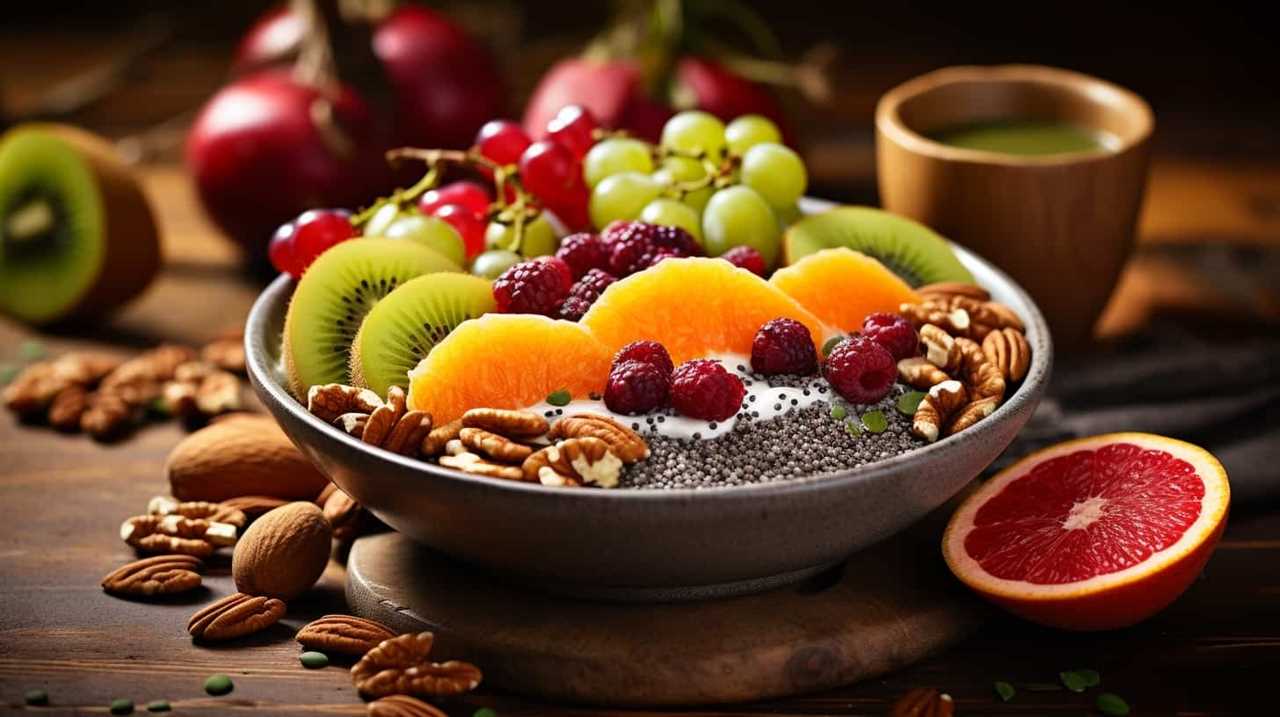
Key Takeaways
- Comparing nutritional benefits of different superseed varieties.
- Implementing proper soil amendments to improve fertility and nutrient levels.
- Utilizing efficient irrigation methods for optimal water distribution.
- Enhancing pollination techniques for increased superseed productivity.
Selecting the Right Chia Seed Varieties
When it comes to maximizing yield for our homegrown superseeds, selecting the right chia seed varieties is crucial. By comparing nutritional benefits of different chia seed varieties, we can ensure that we’re providing our bodies with the most beneficial nutrients.
Chia seeds are known for their high omega-3 fatty acid content, fiber, and protein, making them a nutritious addition to any diet. Additionally, exploring the different culinary uses of chia seeds allows us to incorporate them into a variety of dishes, such as smoothies, puddings, and baked goods.
Whether it’s for their nutritional benefits or their culinary versatility, choosing the right chia seed varieties is essential for maximizing yield and serving our bodies with the best possible superseeds.
Providing Optimal Growing Conditions
To ensure optimal yield for our homegrown superseeds, we create and maintain ideal growing conditions. Providing the right environment is crucial for successful seed germination and optimal growth. Here are three essential steps for achieving the best results:
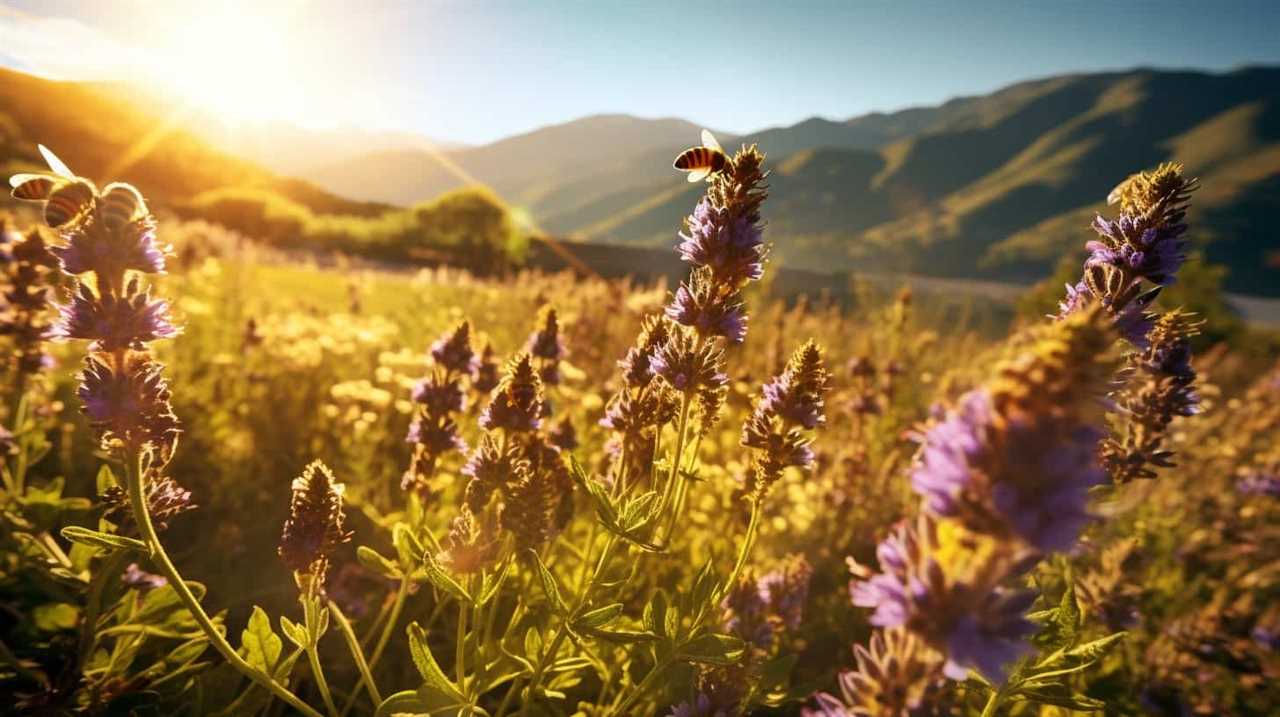
-
Soil preparation for successful seed germination: Start by testing the soil pH and nutrient levels to ensure they’re within the ideal range for your chosen superseeds. Amend the soil with organic matter, such as compost or well-rotted manure, to improve its structure and fertility. This will provide a nutrient-rich medium for the seeds to germinate and establish themselves.
-
Controlling temperature and humidity for optimal growth: Maintain a consistent temperature range specific to the superseeds you’re growing. Most superseeds thrive in temperatures between 70°F and 85°F. Monitor humidity levels and use ventilation or a misting system to regulate moisture. Strive for a humidity range between 50% and 70% to avoid issues like mold or fungal diseases.
Implementing Effective Watering Techniques
Now let’s delve into our approach to implementing effective watering techniques to further enhance the yield of our homegrown superseeds.
One of the best methods for efficient water distribution is drip irrigation. This technique delivers water directly to the roots, minimizing waste and maximizing absorption. By using a drip irrigation system, we can ensure that our plants receive a steady supply of water without the risk of overwatering or underwatering.
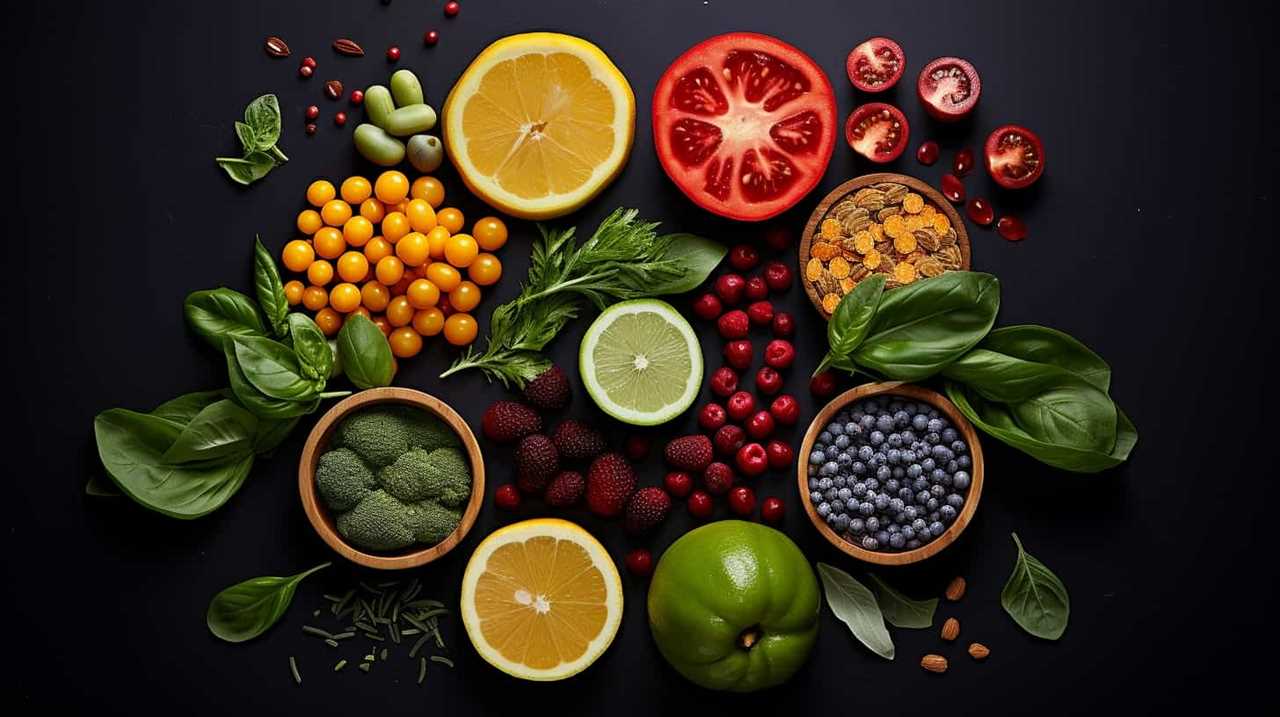
Another crucial aspect to consider is the benefits of mulching. Mulching helps to retain soil moisture, regulate temperature, and suppress weed growth. This practice not only conserves water but also reduces the need for frequent watering.
By implementing drip irrigation and utilizing mulching benefits, we can optimize water usage and promote healthy growth in our homegrown superseeds.
Moving forward, let’s explore how to nurture chia plants for maximum yield.
Nurturing Chia Plants for Maximum Yield
To achieve maximum yield for our homegrown superseeds, we prioritize nurturing our chia plants with proper care and attention.
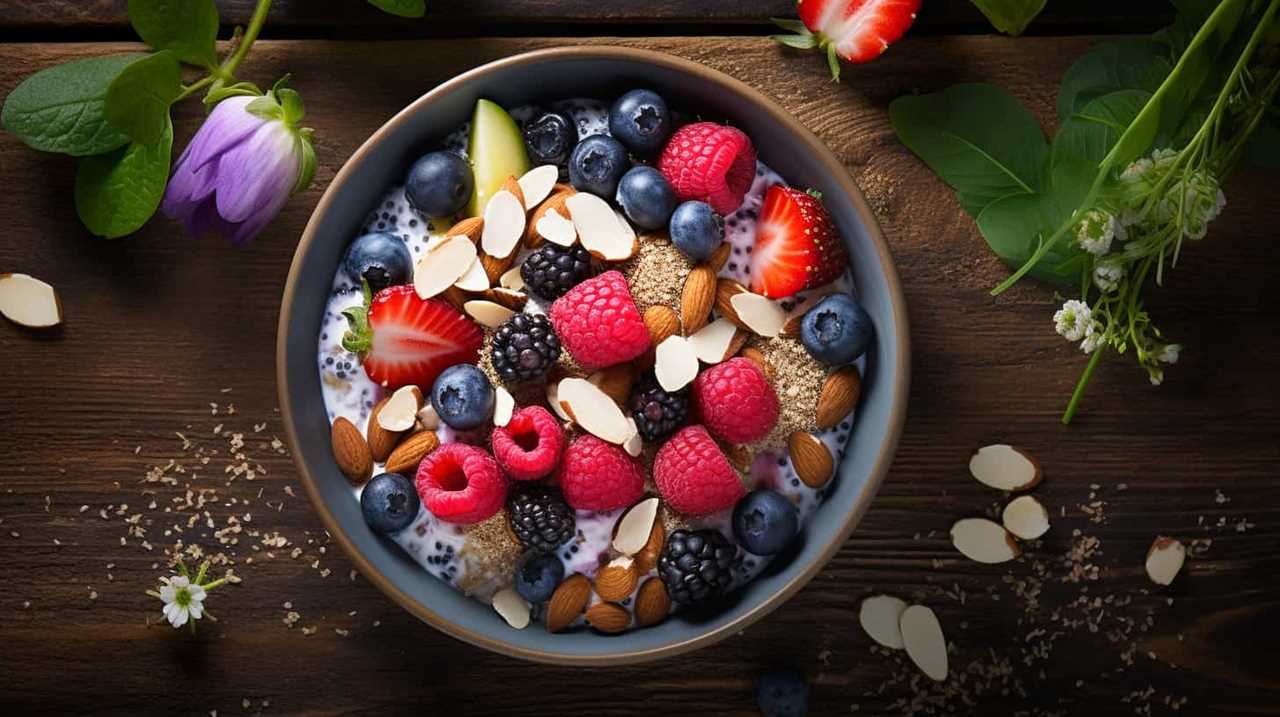
Here are three key techniques we employ to ensure optimal growth and productivity:
-
Enhancing pollination for higher chia plant productivity: We encourage pollinators, such as bees and butterflies, to visit our chia plants by planting flowers nearby. By providing a diverse and attractive environment, we increase the chances of cross-pollination, leading to improved seed production.
-
Utilizing organic fertilizers to boost chia seed production: We understand the importance of providing our chia plants with essential nutrients. By incorporating organic fertilizers into the soil, we nourish the plants and promote healthy growth. This results in increased chia seed production and overall plant vitality.
-
Consistent monitoring and maintenance: We regularly monitor our chia plants for signs of pests or diseases. By promptly addressing any issues, we prevent potential damage and ensure the plants remain healthy and productive.
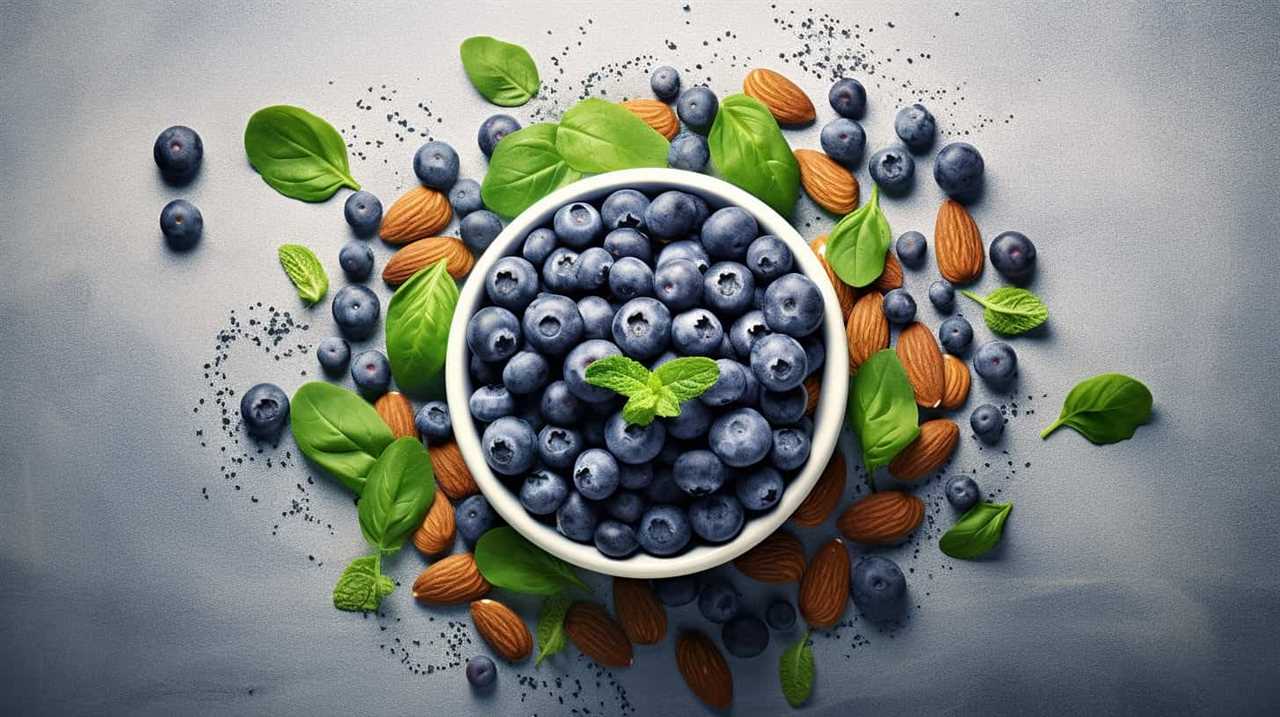
Harvesting and Storing Chia Seeds
Once our chia plants have reached peak maturity, we eagerly begin the process of harvesting and storing the abundant chia seeds. Harvesting chia seeds is a straightforward process. We wait until the seed heads have turned brown and dry, indicating that the seeds are ready for harvest.
We gently cut the seed heads from the plants and place them in a clean, dry container. To separate the seeds from the seed heads, we use a sieve or strainer to remove any remaining plant material. Once the seeds are clean, we transfer them to an airtight container for storage.
Chia seeds have a long shelf life and can be stored for up to two years in a cool, dark place. This allows us to enjoy the benefits of chia seeds whenever we need them, whether it’s for chia seed recipes or to simply add a nutritional boost to our meals.
Frequently Asked Questions
How Long Does It Take for Chia Seeds to Germinate?
Chia seeds typically take 7-10 days to germinate. To ensure successful germination, soak the seeds in water for 24 hours before planting. Keep the soil moist and maintain a temperature of 70-75°F.
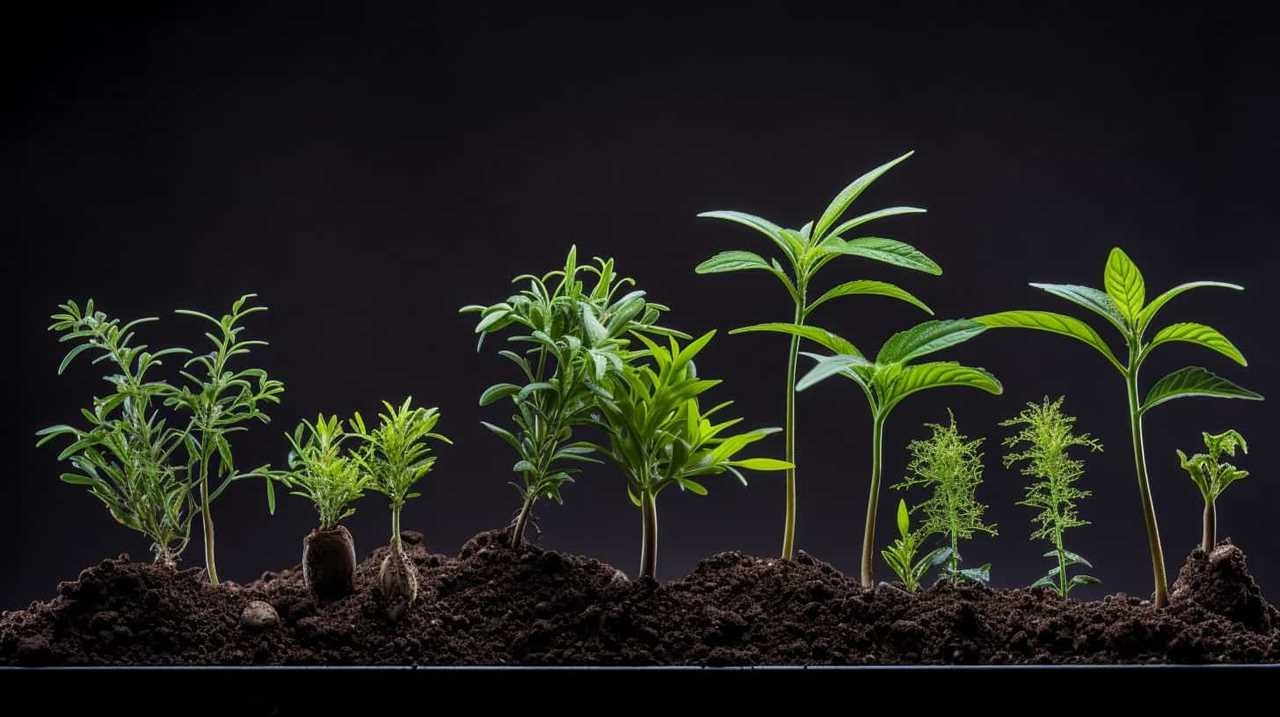
Can I Grow Chia Plants Indoors?
Yes, we can grow chia plants indoors. Indoor gardening has many benefits, such as controlled environment, protection from pests, and year-round cultivation. Growing chia indoors allows for a consistent supply of fresh, nutritious superseeds.
How Often Should I Fertilize My Chia Plants?
We fertilize our chia plants regularly to ensure optimal growth. By applying fertilizer at the recommended intervals, we maximize yield and promote healthy development. It’s crucial for our homegrown superseeds to receive the necessary nutrients.
Are There Any Pests or Diseases That Commonly Affect Chia Plants?
There are common methods for preventing pests and diseases in chia plants. We should be aware of common signs of pest or disease damage, such as wilting leaves or discoloration.
Can I Save and Reuse Chia Seeds From My Harvested Crop?
Yes, we can save and reuse chia seeds from our harvested crop. Proper chia seed storage methods ensure longevity and maximum viability. It’s crucial to maintain dry and cool conditions for optimal preservation.
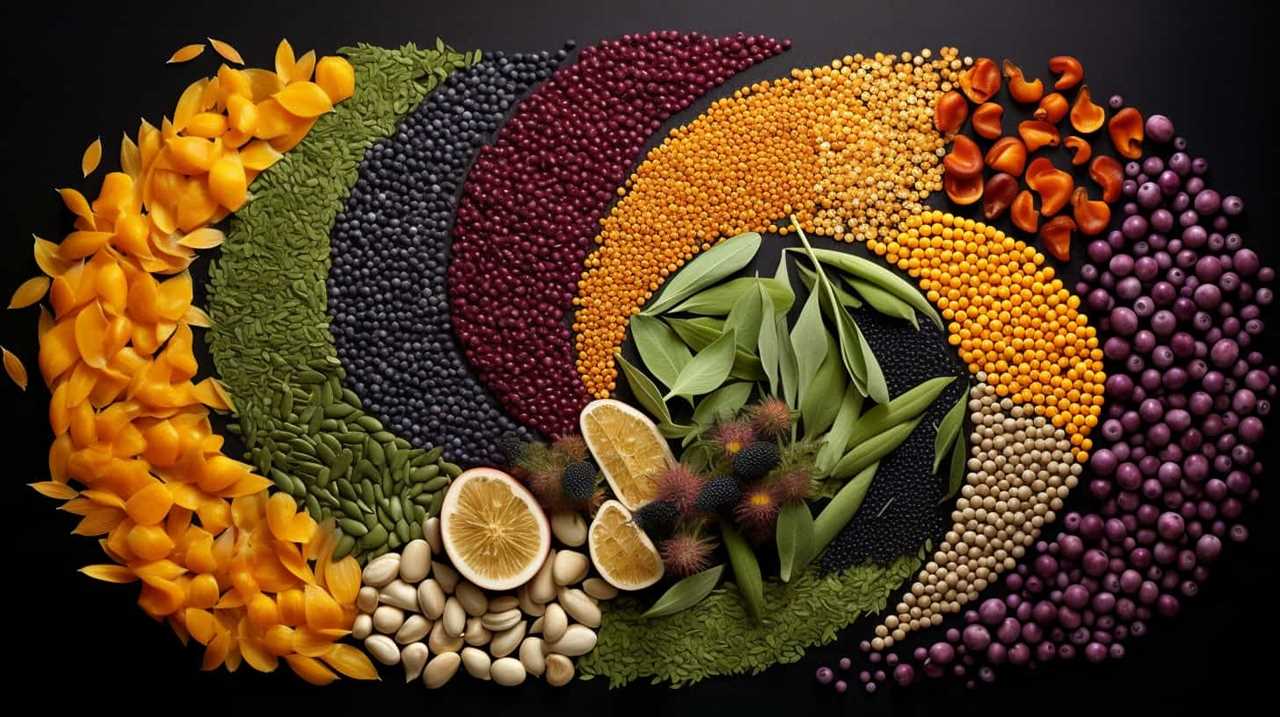
Conclusion
In conclusion, by selecting the right chia seed varieties and providing optimal growing conditions, you can greatly increase the yield of your homegrown superseeds. Implementing effective watering techniques and nurturing chia plants for maximum yield are also crucial steps.
Harvesting and storing the chia seeds properly will ensure their longevity and quality. With these techniques, you can confidently maximize your chia seed harvest and enjoy the benefits of your own nutritious and delicious homegrown superseeds.
Start your chia seed journey today and unlock the full potential of your garden.


